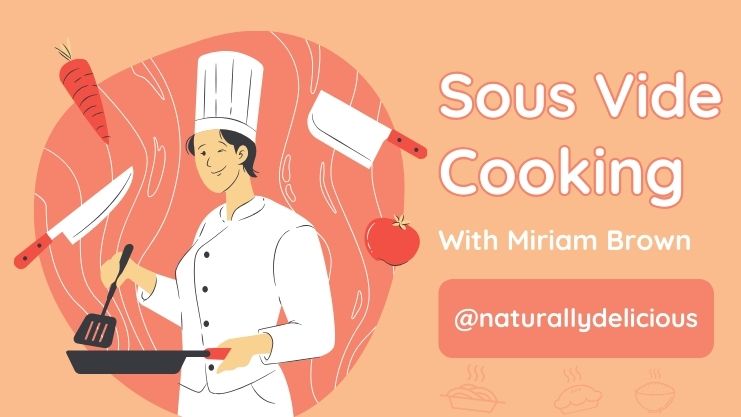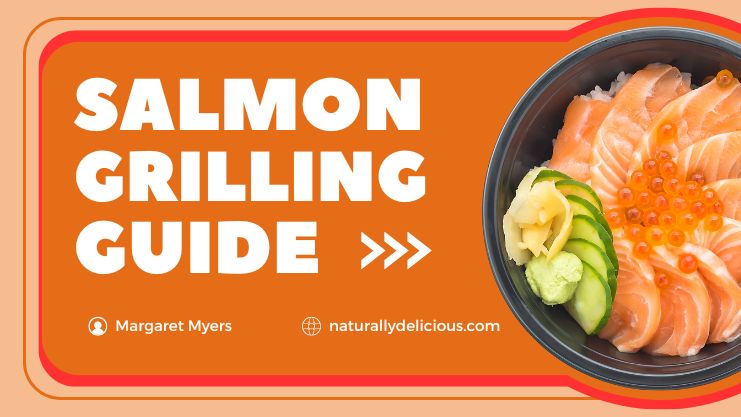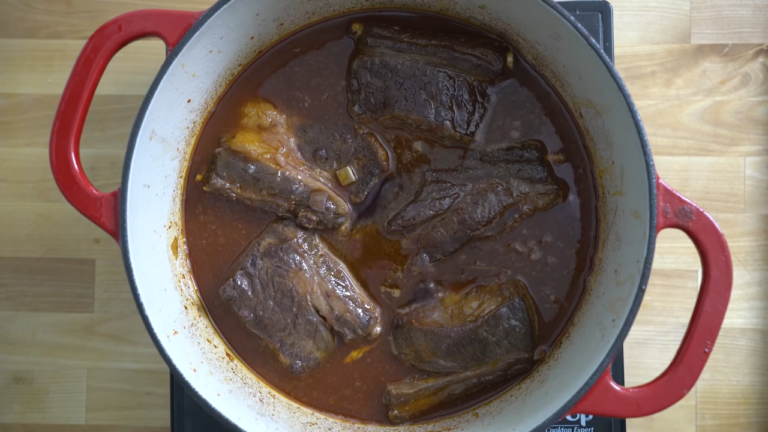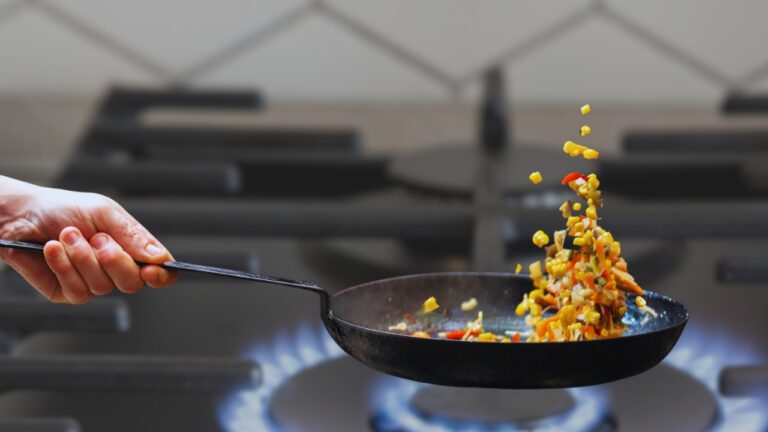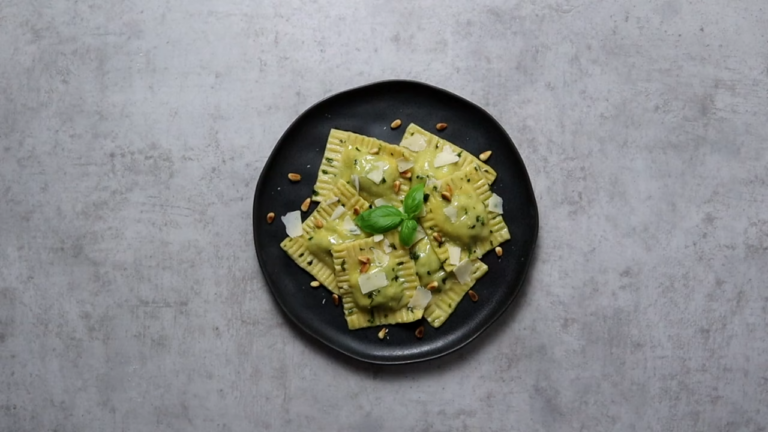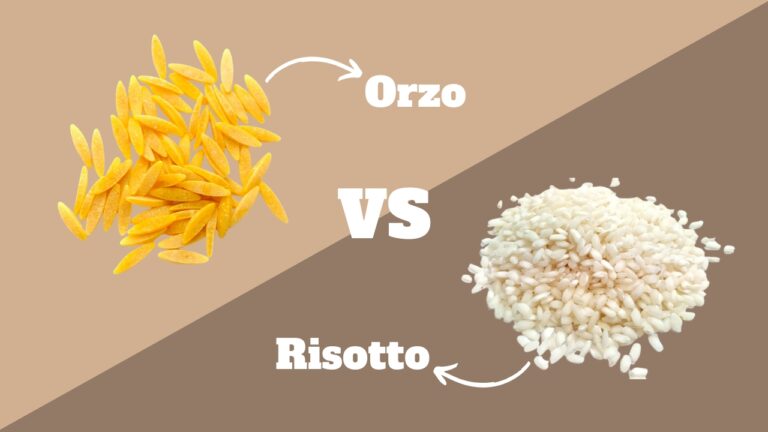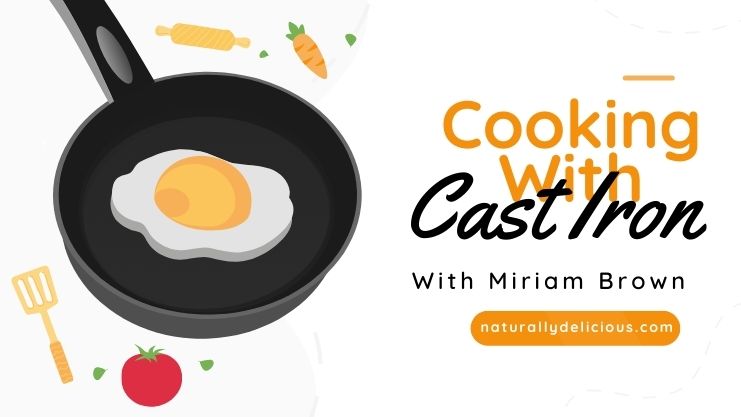Cooking with cast iron skillets and pans is a tradition cherished by many due to its durability and the unique flavor it can impart to food.
Here’s a list of top tips and tricks to help you get the most out of cooking with cast iron, ranked from essential to helpful:
Season Regularly
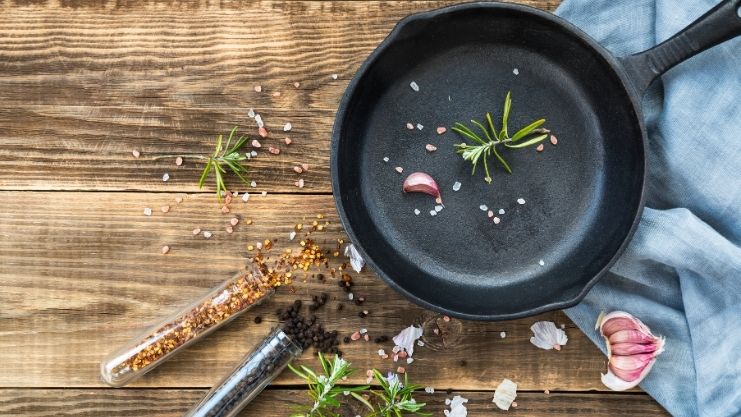
The key to maintaining a cast iron skillet is its seasoning— the oil baked onto the cast iron that prevents rust and creates a natural, non-stick surface.
Season your skillet regularly by coating it lightly with a high-smoke point oil and heating it in the oven at 375°F for about an hour. This process maintains the skillet’s non-stick properties and prevents rust.
Avoid Soap When Cleaning
Traditional soaps can strip away the seasoning on your cast iron. Instead, clean your skillet while it’s still warm using hot water and a brush or a non-metal scrub pad.
For stubborn food residues, boil some water in the pan, which should loosen them up and make them easier to scrub away.
Use Metal, Wood, or Silicone Utensils
![]()
Unlike non-stick pans, cast iron is durable enough to handle metal utensils. Wood or silicone utensils are preferable as they are gentler on the seasoning.
Avoid using sharp implements that might scrape off the seasoning layer.
Preheat Slowly
To avoid warping and to ensure even cooking, preheat your cast iron skillet slowly on a low to medium setting before ramping up to cooking temperature.
This is particularly important when you are cooking sensitive items like eggs or pancakes.
Control Moisture
Cast iron is prone to rust if it is left damp. Always dry your skillet thoroughly after washing by placing it on a low heat on the stove for a few minutes.
This ensures all moisture is evaporated, keeping the iron rust-free.
Use for High-Heat Cooking
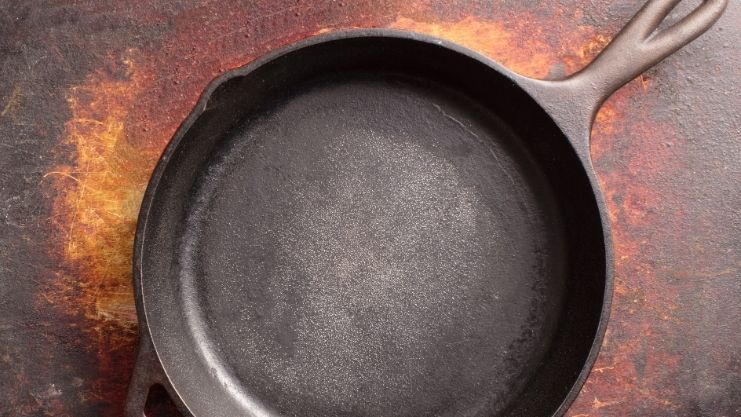
Cast iron is excellent for searing meats due to its ability to withstand and maintain very high temperatures.
The high heat capacity also means it’s great for frying and baking.
Avoid Acidic Foods Initially
New cast iron or skillets that haven’t built up a thorough seasoning should avoid acidic foods like tomatoes or lemon juice, which can potentially strip the seasoning.
Over time, as the seasoning builds, the skillet will become more resilient.
Use for Baking
Cast iron isn’t just for stovetop cooking; it’s also excellent for baking.
You can bake perfect cornbread, pies, and even deep-dish pizzas with an evenly distributed heat that isn’t easily matched by other bakeware.
Oven-Transferability
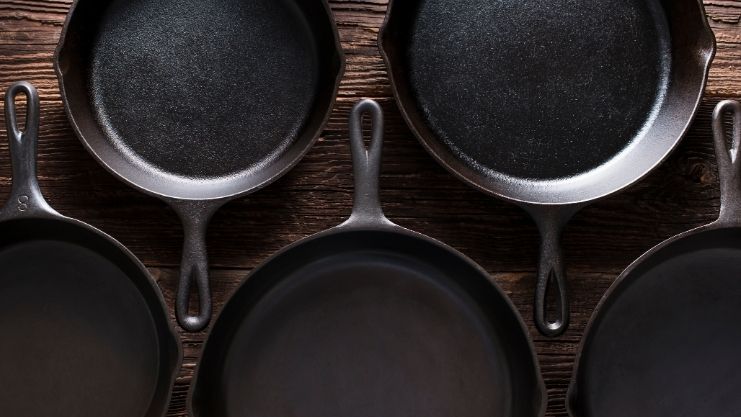
One of the great features of cast iron is that it can go straight from stovetop to oven. This makes it ideal for recipes that require both searing and baking, like frittatas or thick steaks.
Unique Flavor Profile
Cooking with cast iron can add a dimension of flavor that is difficult to achieve with other cookware.
This comes from the fats that are polymerized into the seasoning layer, as well as trace amounts of iron being released, which can enrich the flavor of your meals.

